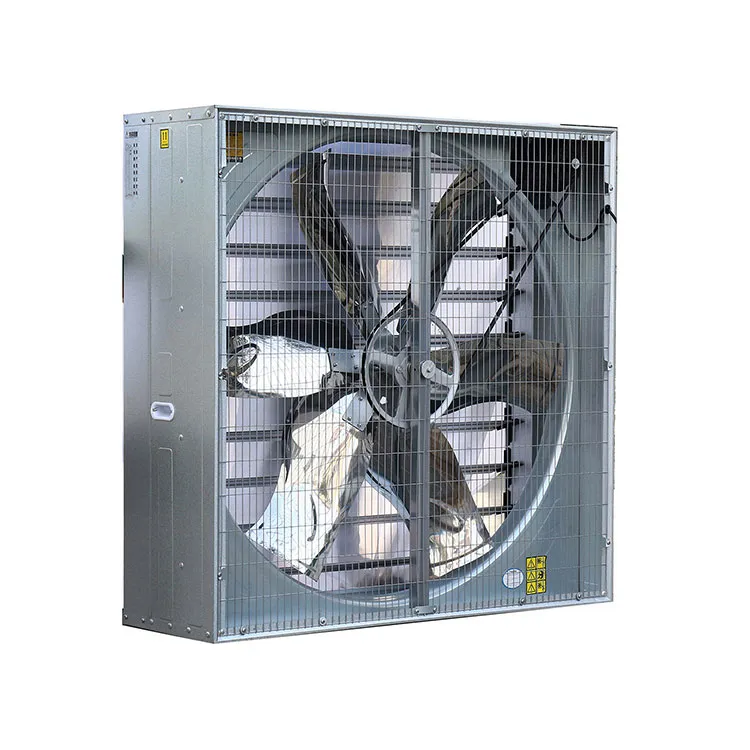When it comes to ventilation and exhaust systems, there are two main types of fans commonly used: centrifugal and axial. While both types of fans serve the same basic purpose of moving air, they differ significantly in their design, performance, and applications. In this article, we'll explore the key differences between centrifugal and axial exhaust fans, with a particular focus on the Centrifugal Type Exhaust Fan.
A centrifugal exhaust fan, also known as a radial fan or centrifugal blower, is designed with a motor-driven hub that contains a series of impellers or blades. These impellers are angled to create a radial force that pulls air into the fan's intake and throws it outward towards the fan housing. The air then flows through the housing and is directed to an outlet, typically located at a 90-degree angle (perpendicular) to the intake.
One of the defining characteristics of a centrifugal type exhaust fan is its ability to produce high-pressure airflow. The angled blades of the impellers create a centrifugal force that pushes air outwards and compresses it, resulting in a concentrated, high-pressure airstream. This makes centrifugal fans ideal for applications where air needs to be moved over long distances or through narrow ducts and pipes.
Axial Exhaust Fan
In contrast to centrifugal fans, axial exhaust fans have blades that are aligned parallel to the axis of rotation. This design allows the fan to produce a larger, low-pressure airflow that is pushed directly out of the fan in the same direction as the axis of rotation. Axial fans are typically lighter than centrifugal fans due to their simpler design and lower pressure output.
One of the main advantages of axial fans is their low noise level. Because they produce a lower pressure airstream, axial fans tend to be quieter than centrifugal fans, making them a popular choice for residential and commercial applications where noise reduction is a priority. Additionally, axial fans are often used in situations where a large volume of air needs to be moved, such as in HVAC systems and large industrial spaces.
Differences in Performance and Applications
The key difference between centrifugal and axial exhaust fans lies in their performance and applications. Centrifugal fans are ideal for applications that require high-pressure airflow, such as ventilation in enclosed spaces, exhaust systems in factories and warehouses, and cooling systems in industrial settings. They are also well-suited for use in ductwork and piping systems, where they can efficiently move air over long distances.
On the other hand, axial fans are typically used in applications where a large volume of air needs to be moved with minimal noise. They are commonly found in HVAC systems, ceiling fans, and other residential and commercial settings where a gentle, low-pressure airstream is desired. Axial fans are also popular in situations where space is limited, as they can be designed to fit into smaller, more compact enclosures.
